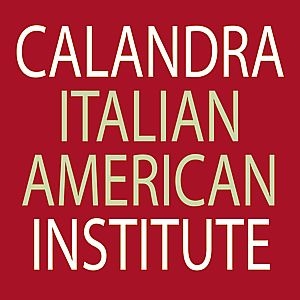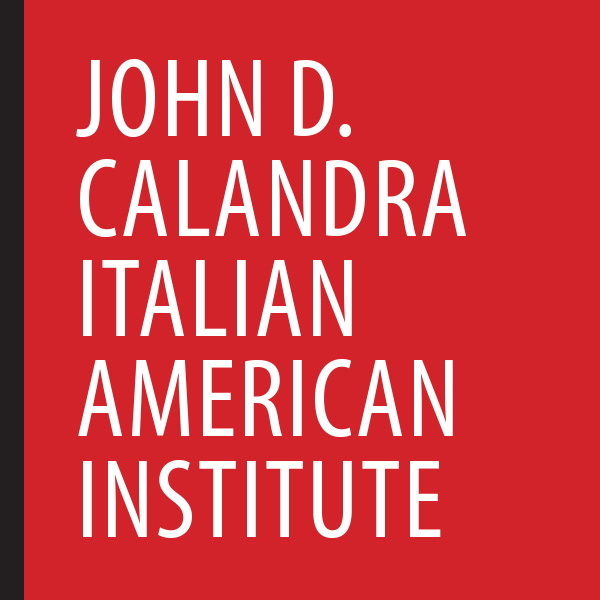
The American Myth Through Architecture: Modernism and Anti-Modernism
Giulia Guarnieri, Bronx Community College, CUNY
Italian intellectuals Giuseppe Giacosa, Emilio Cecchi, Mario Soldati, Italo Calvino, and Furio Colombo traveling to the United States in the 19th and 20th centuries confronted an enigmatic reality, one they found to be exciting and fascinating. For them, this encounter was an opportunity to meditate on the significance of modernity. They understood, with varying viewpoints, that what was happening in the United States would eventually influence the destiny of Europe. In her book Narrative di viaggio urbano: Mito e anti-mito della metropoli americana (Bononia University Press, 2006), Giulia Guarnieri addresses the interpretation of American architecture, both metropolis and iconic symbol, as a quintessential metaphor of American identity expressing modernity, pragmatism, spontaneity, and mental openness. Counter positions, instead, comment negatively on urban architecture, defining the extravagant heights as “americanate” that reveal a resistance towards modernity and recognize the repercussion of capitalism and rampant consumerism.

Recent Comments